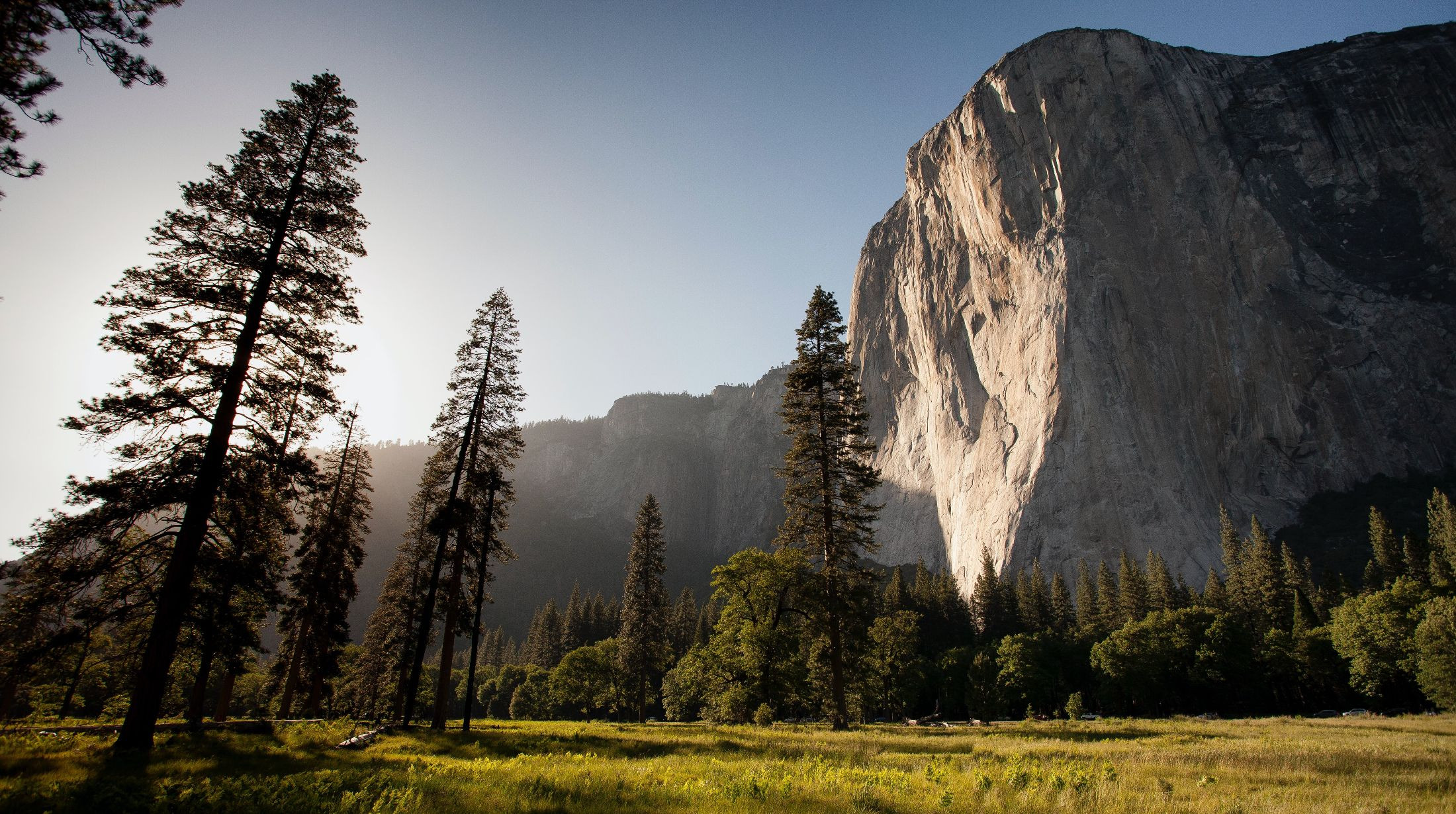Significant Natural Areas
Posted: 30 July 2021
The identification of ‘Significant Natural Areas’ has been in the news lately. How are these areas defined and what are the implications for rural landowners?
The legislative basis identifying significant natural areas is in section 6 of the Resource Management Act 1991 (RMA):
‘6 Matters of national importance
In achieving the purpose of this Act, all persons exercising functions and powers under it, in relation to managing the use, development, and protection of natural and physical resources, shall recognise and provide [our emphasis] for the following matters of national importance:
…
(c) the protection of areas of significant indigenous vegetation and significant habitats of indigenous fauna.
…’
The RMA is nearly 30 years old, but it is only fairly recently that the people exercising the functions and powers under it (in respect of this section, mainly being regional councils) have stepped up the process of identifying the areas of ‘significant indigenous vegetation and significant habitats of indigenous fauna’. This is the first step in complying with their obligations under section 6(c) of the Act.
In practical terms, regional councils are identifying and recording these areas within their territory – some of which are on private land. This process has, however, been somewhat controversial partly because what is ‘significant’ is not defined by the Act and, as a result, it has been left to each council to interpret this individually, largely using case law and ecological guidance. This has led to inconsistencies between local authorities recording these areas.
Implications for rural landowners
What does it mean for a landowner once a significant natural area has been identified on their land?
First, it means is that the area will be identified on the council’s records.
Second, the use to which that land can be put is likely to be more controlled. That doesn’t necessarily mean that its existing use will be stopped — although it could. It does mean, generally speaking, that existing activities are unlikely to be able to be intensified and new activities are likely to be subject to tighter controls, if permitted at all.
The concern for a private landowner having such an area on their land is that it potentially reduces the value of that land by limiting the use to which it is put; it also reduces the ability to change or vary the current farming practices in relation to the land. It is seen as a fetter to an individual’s private property rights.
Is there any compensation for a landowner who has such an area identified on their land? The answer is no. Direct government compensation has been ruled out. There have, however, been instances where the Native Heritage Fund has purchased land where large significant natural areas have been identified. There may be some financial assistance in the form of rates rebates, or funding for fencing of the areas and for pest control.
More certainty with NPSIB?
Some greater certainty might be achieved when the proposed National Policy Statement for Indigenous Biodiversity (NPSIB) is finalised. A draft NPSIB was released in 2018 and recently the Associate Minister for the Environment, the Hon Phil Twyford, agreed to extend the timeframe for the delivery of the final version of the NPSIB to the end of this year.
The intention of the NPSIB is to provide ‘clear direction to Councils on their responsibilities for identifying, protecting, managing and restoring indigenous biodiversity under the Resource Management Act 1991’. Therefore, at the very least, the NPSIB should provide some consistency between councils and certainty for landowners as to what the effect of having a significant natural area on their land might mean.
Given that the entire RMA is being reviewed and is likely to be repealed and replaced by two separate statutes, one has to presume that the current uncertainty and inconsistency may continue for some time. Whatever the form of the new laws relating to the use and development of land takes, it is certain that rules relating to the protection of indigenous flora and fauna will be an important part of that reform. Given the work that has already gone into the draft NPSIB, we presume it will be captured by the new legislation in one way or another.
DISCLAIMER: All the information published in the Property eSpeaking, Commercial eSpeaking, Trust eSpeaking, Rural eSpeaking, and Fineprint newsletters is true and accurate to the best of the authors’ knowledge. It should not be a substitute for legal advice. No liability is assumed by the authors or publisher for losses suffered by any person or organisation relying directly or indirectly on this article. Views expressed are those of individual authors, and do not necessarily reflect the view of this firm. Articles appearing in Property eSpeaking, Commercial eSpeaking, Trust eSpeaking, and Fineprint may be reproduced with prior approval from the editor and credit given to the source. Copyright, NZ LAW Limited, 2026. Editor: Adrienne Olsen. E-mail: [email protected]. Ph: 029 286 3650 or 04 496 5513.
